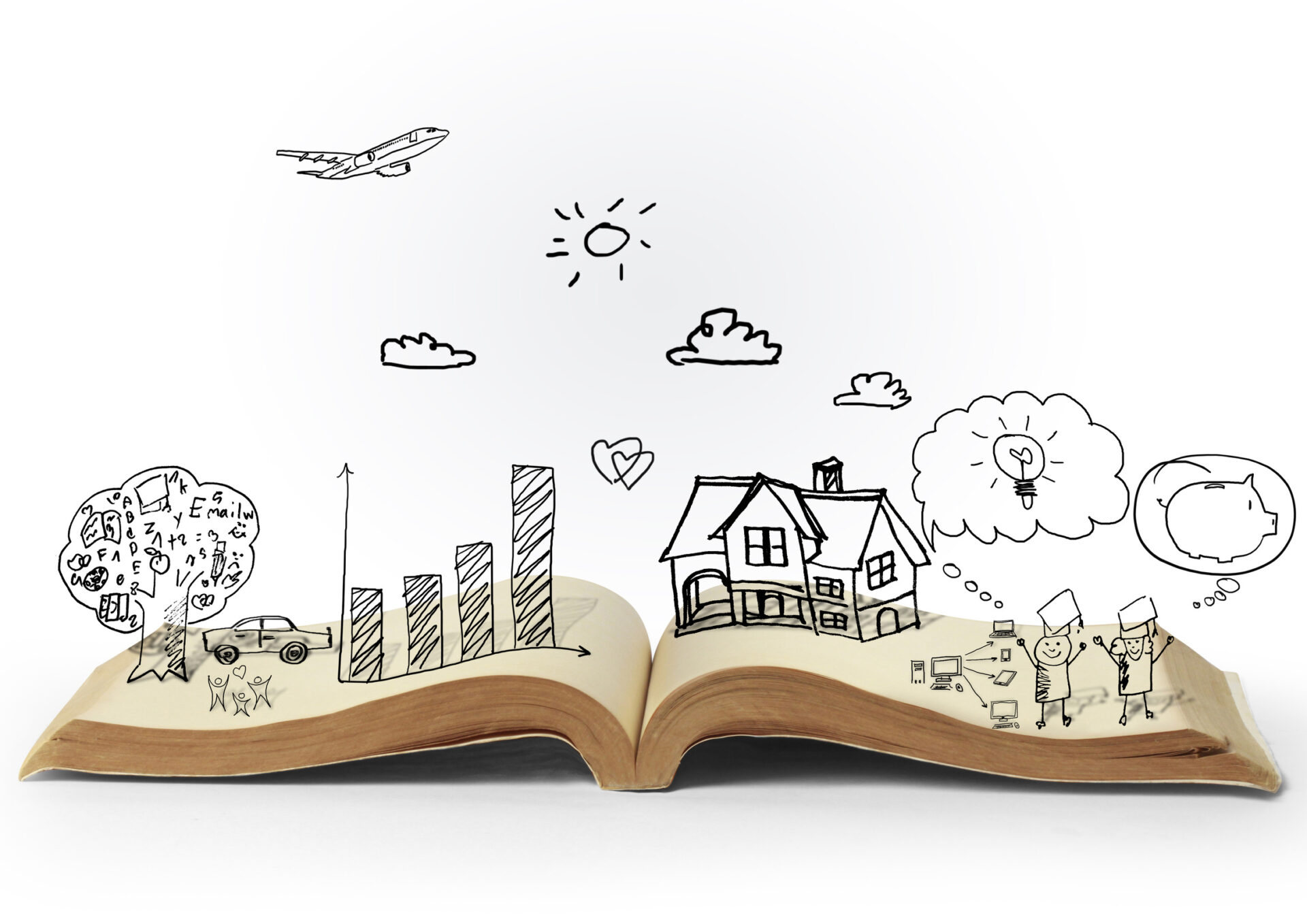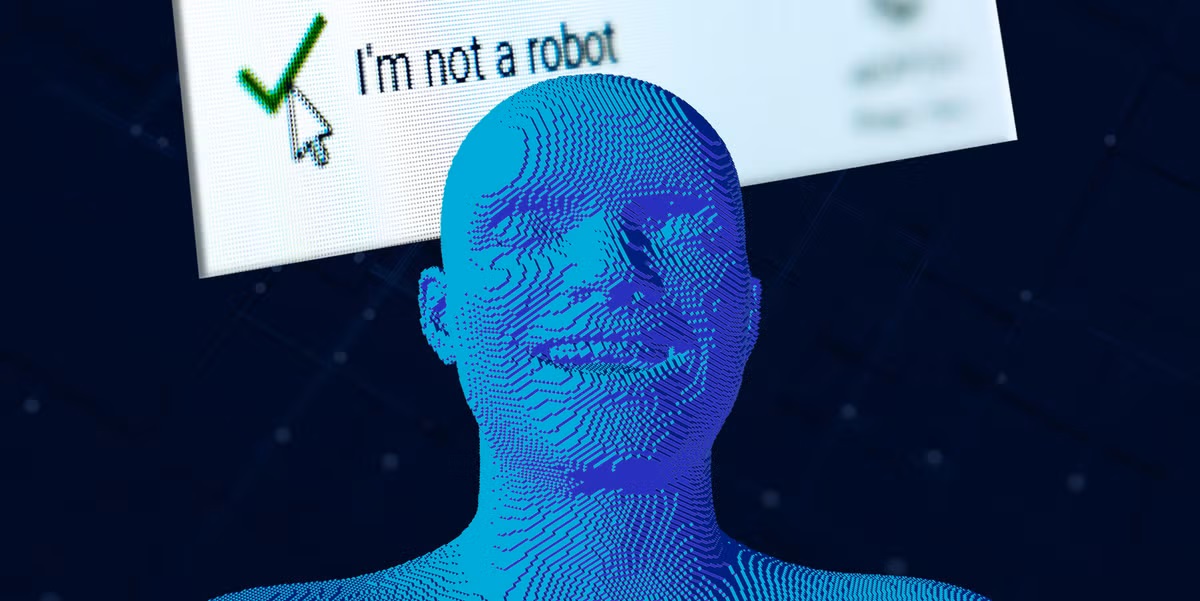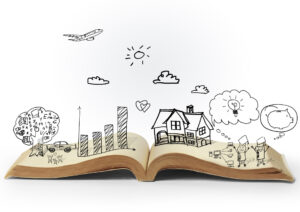You know that feeling when you see an illustration and—BAM—it hits you right in the heart? Maybe it’s a melancholic scene of a tiny figure standing under the rain, or a nostalgic piece that somehow smells like your grandma’s kitchen (even though, logically, that makes zero sense). That, my friends, is the magic of visual storytelling—where an image does more than just sit there looking pretty. It speaks, it screams, it whispers. And if done right, it makes you feel.
Wait… How Can a Bunch of Pixels Make Me Emotional?
Great question. The answer? Because humans are wired to feel before they think. Our brains process images 60,000 times faster than text (yes, I Googled that). This means that before you even register what you’re looking at, your emotions are already at work.
Ever wondered why Pixar movies make us cry within the first 10 minutes? (Yes, I’m looking at you, Up). It’s not just about the story—it’s how it’s visually crafted to stir emotions. Colors, composition, expressions, lighting—every little detail is intentional. The same goes for illustrations.
The Secret Ingredients of Emotionally Powerful Illustrations
So, what makes an illustration more than just a nice drawing? It’s all in the details:
🖌 Color Psychology:
Colors aren’t just decoration; they manipulate your emotions. A soft pastel palette? Comforting, nostalgic, and warm. Stark reds and blacks? Drama. Intensity. Maybe danger. That’s why I spend an embarrassing amount of time tweaking the shades of a sunset until it feels just right.
🎭 Facial Expressions & Body Language:
Even stick figures can express emotions if their posture and gestures are right. A hunched-over figure? Tired, defeated. A character with their hands raised? Hopeful, victorious, maybe just really bad at dancing.
🌪 Composition & Perspective:
Where things are placed in an illustration affects how we perceive them. A small figure in a vast landscape? Feels lonely. A character towering over another? Power dynamics. (Also the reason why every villain ever is drawn with a high-angle shot—pure evil.)
🌑 Negative Space & Implied Meaning:
What’s left out of an illustration is just as important as what’s included. Ever seen an artwork that feels off because of the empty spaces? Sometimes, what’s not shown tells a more powerful story than what is.
Personal Confession: The One Illustration That Broke Me
I once worked on an illustration that—without exaggeration—wrecked me emotionally. It was a piece about Lebanon, reflecting loss and nostalgia. I had drawn an outline of my country inside a fading heart shape, using muted, dusty hues, like memories dissolving. No words, no faces—just color, shape, and emotion.
When I posted it, people flooded my inbox saying they felt the ache of home, the weight of displacement, the deep-rooted love for a country that’s both beautiful and broken. That’s when I knew—an illustration isn’t just something to look at. It’s something to feel.
Why This Matters (and Why You Should Care)
If you’re an artist, a designer, or just someone who loves a good visual story, understanding how illustrations evoke emotion isn’t just a fun skill—it’s essential. Whether it’s a social media post, a brand campaign, or a personal project, the goal is the same: make people feel something.
Because at the end of the day, people might forget what they saw, but they’ll never forget how it made them feel. And if you can master that? Well, congratulations—you’re officially a visual storyteller.
Now, if you’ll excuse me, I have an illustration to tweak for the 57th time because the shade of blue isn’t quite heartbreaking enough.






